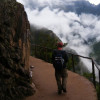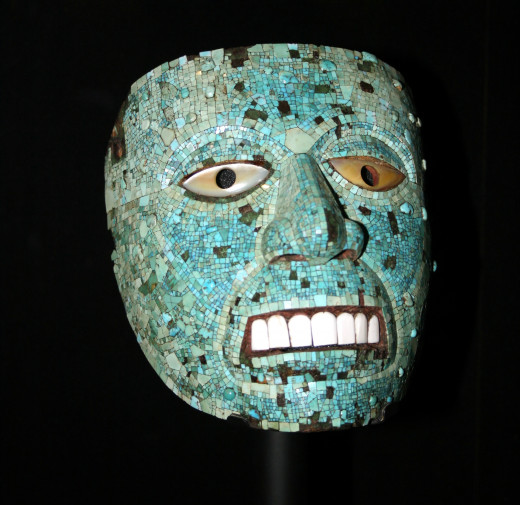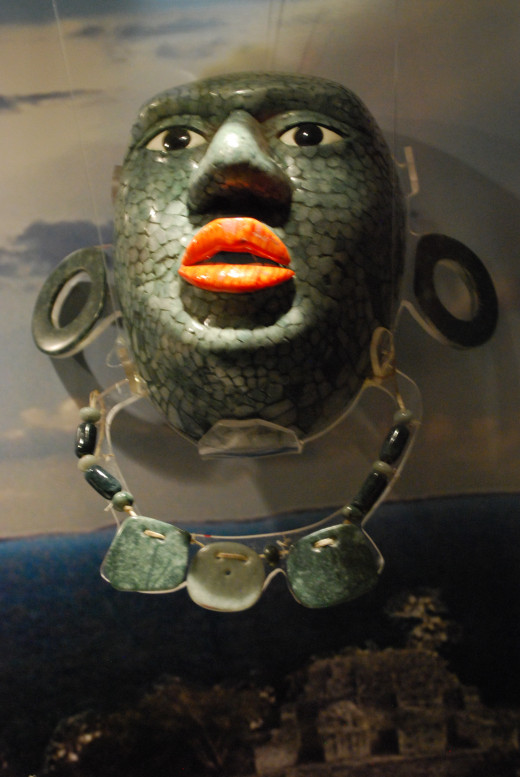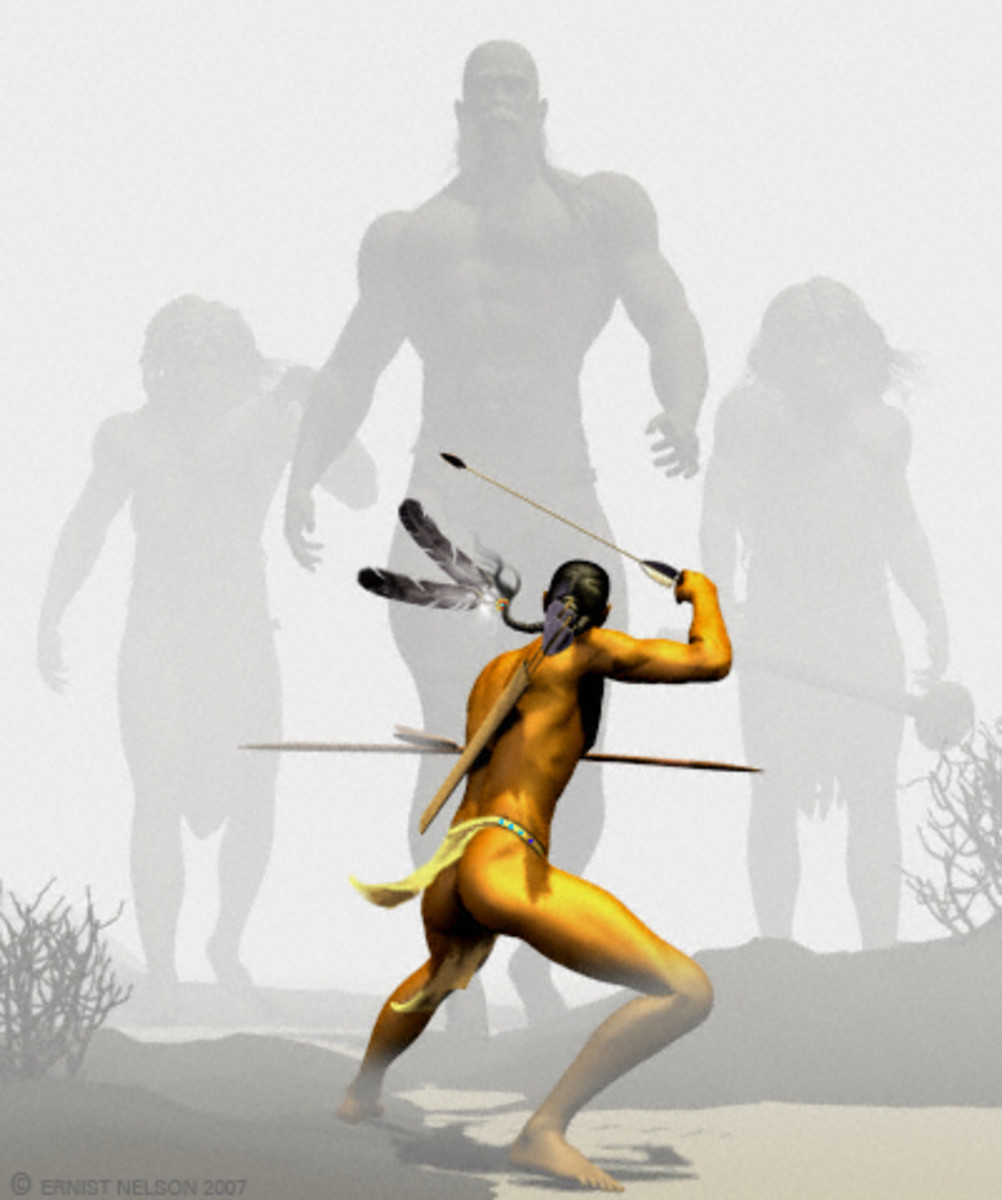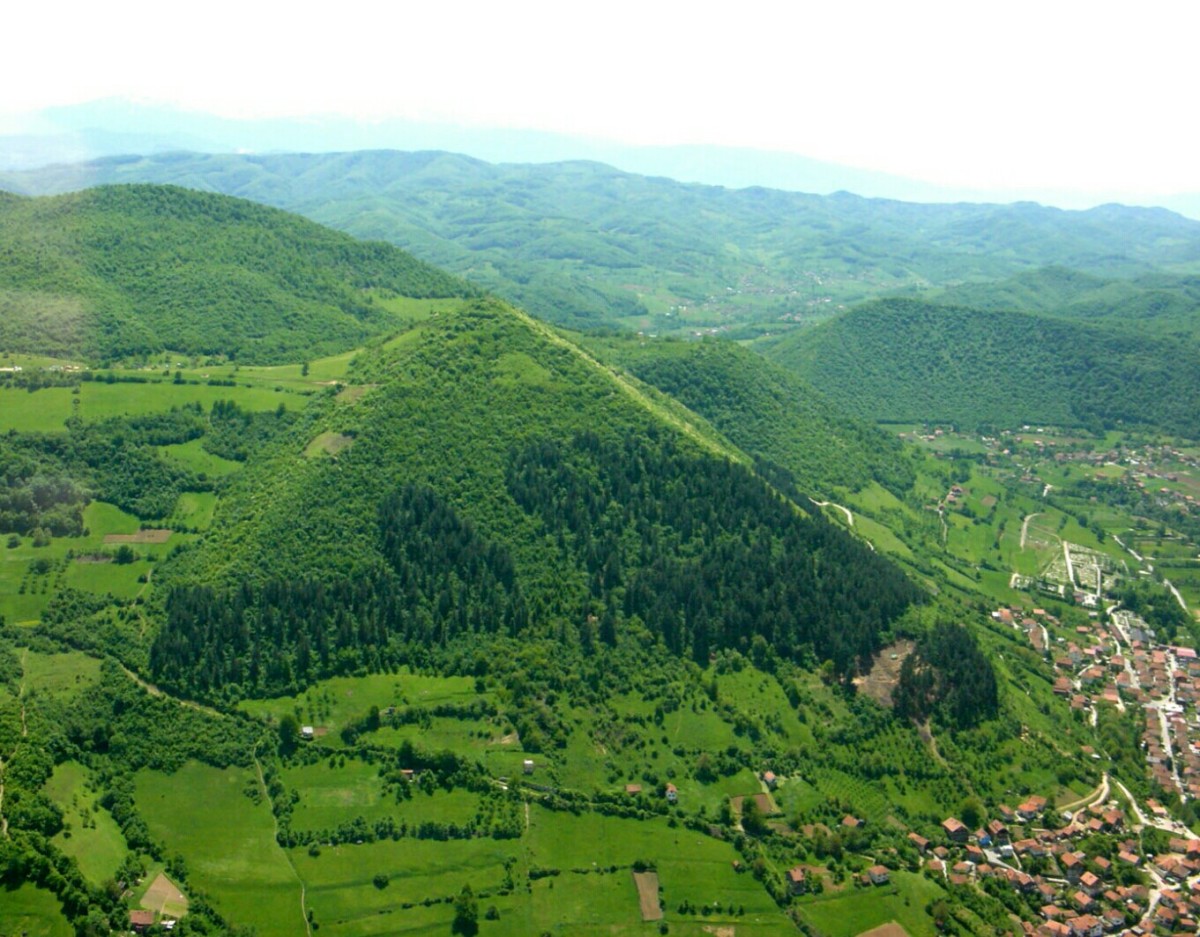- HubPages»
- Education and Science»
- History & Archaeology»
- Archaeology
A Crash Course In Underwater Archaeology: My Story
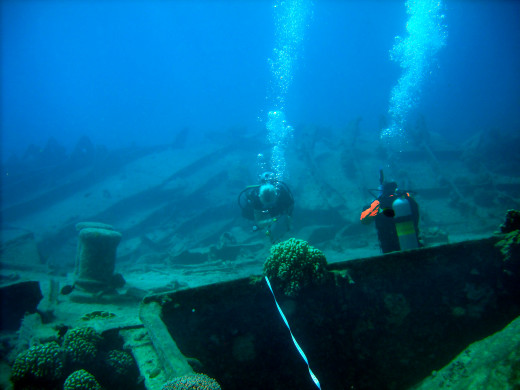

I wish I could say that my only experience with underwater archaeology was like that of the photo above, with clear water, a sunken ship, and what appears to be some actual underwater archaeology taking place, however, it was not. My experience was more like that of the image on the right hand side of this paragraph, minus the little white bar in the top left of the image (wanted to make sure I got the source right on that one).
Never having actually participated in an underwater excavation, when the opportunity presented itself during my time in Mexico, I jumped. Yes, I lied a little bit saying that I was scuba certified. How bad could it get? We were using what is called a hookah system. No, not the one used for smoking "tobacco". It is a compressed air tank with a gas powered engine attached to it and two long hoses. How hard could it be? As it turns out, much harder than anticipated.
Books On Underwater Archaeology
What Is Underwater Archaeology?
Underwater archaeology is the exact same thing as archaeology, but underwater. For a more technical definition, follow this link to wikipedia. Like all things wikipedia has to say, it is extremely accurate and every word should be taken as fact (its actually not that bad). As I was saying, they are the exact same thing (with some subtle and obvious differences). However, under the circumstances of the river we were diving in, I would take terrestrial archaeology any day of the week.
I was told that there was only one way to go from the water we were diving in, up. Didn't take a rocket scientist to figure that one out as you couldn't see your hand after being submerged 2 ft underwater.
(The video below was uploaded to youtube by Bjørn Lovén.)


What Did I Get Myself Into?
This whole idea of me diving into the depths of a murky river came about when two actual underwater archaeologist visited us in Mexico.
The professor leading our dig was also interested in conducting some underwater searches of a river. Many artifacts, such as jade masks and beads had been pulled from the depths of the 5 - 6 m (15 - 18 ft) river. During prehistoric times, jade masks were only obtained by elites. Today, jade masks can sell for thousands of dollars. He wanted to find any of the leftover artifacts, that the looters over the years, missed.
Since jade masks had been found at this site, the area has been subject to looters going in with nothing but dive masks to dredging equipment. Needless to say, if we were to find anything, the chances of it being special were little to none.
Anyways, one of the gentlemen that was down with us was holding off the process of getting things going. He was even questioning whether or not he was going to dive. Furious that he was paying with the little money he had for someone to come down and waste his time, my professor started to ask us terrestrial archaeologist if we could scuba dive.
After having talked with the other underwater archaeologist about my time in the Bahamas scuba diving (once) he told the professor I was qualified. Never disagreeing with the acquisitions and only furthering my case, it was all agreed upon.
How We Did It
Not sure you could really call what we did underwater archaeology, as it was more of a blind archaeological "survey". Due to the dark natures of the water, the surprising rapid underwater current, and relatively shallow water, a method of survey was agreed upon.
Instead of using scuba tanks, we used what is called a hookah. Which, as previously described is a compressed air tank, a gas operated engine, and hoses with respirators attached to the ends. The purpose of this system is to provide the divers at the bottom of whatever body of water it may be, unlimited air. However, few problems with the system do arise such as the water can't be too deep.
Every so often, maybe 10 minutes or so, the gas engine has to be turned on in order to fill up the compressed air tank. If not, the diver underwater will have no air and is at serious risk. We encountered this problem on the second day of our four day diving tour.
As it turns out, the one gentleman that was causing all this ruckus and thoughts of me going into the water, ended up going into the water. It was the end of the day and I was filling out bags for artifacts that had been found while the other diver was getting his gear off. Our roughly 10 minutes were up and the gentleman came jumping out of the water (only to plunge back in) with his weight belt and all. No one was hurt (thankfully) and we all made it back safely.
Since the water was so dark at the bottom, a bisect line was created in order for us to follow. It was a 20 m long piece of rope, that floated (that wasn't fully thought through). Attached to either end were cinder blocks.
Each diver carried two buoys (plastic bottles) with a rock attached to one end and 7 m of string. This was utilized when an object or a cache of items were found. The diver would place the rock where the item(s) were found and let out enough string so that the buoy would float to the surface. Just enough string was let out to ensure the buoy at the surface wouldn't float around indiscriminately. This was to ensure the accuracy of the coordinates to be placed on a GPS system and later added to a map of the area.
(The video below was uploaded to youtube by heritagekeymedia.)
Underwater Archaeology: Excavating the Nile with Dr Hawass
What We Found
Our survey was surprisingly a great success, as we found some stone tools and many roots, leaves, tree trunks, and branches.
For the most part, the area had been decimated by looters as some of the crude stone tools left behind proved to be of no value to them. They took the valuable items (jade beads and masks) and ran. To this day, looters still enter the waters in search of "riches".
Final Thoughts
Luckily, I spent most of my time on the surface manning the hookah system and practicing my spanish with the boat driver. When something was found, I would catalogue it and take GPS points.
For anyone interested in underwater archaeology, I suggest you become scuba certified as most underwater archaeological field schools will not allow you to participate other wise. We were under duress from unforeseen circumstances. Luckily, no one got hurt.
© hockey8mn, 2012. All Rights Reserved.
